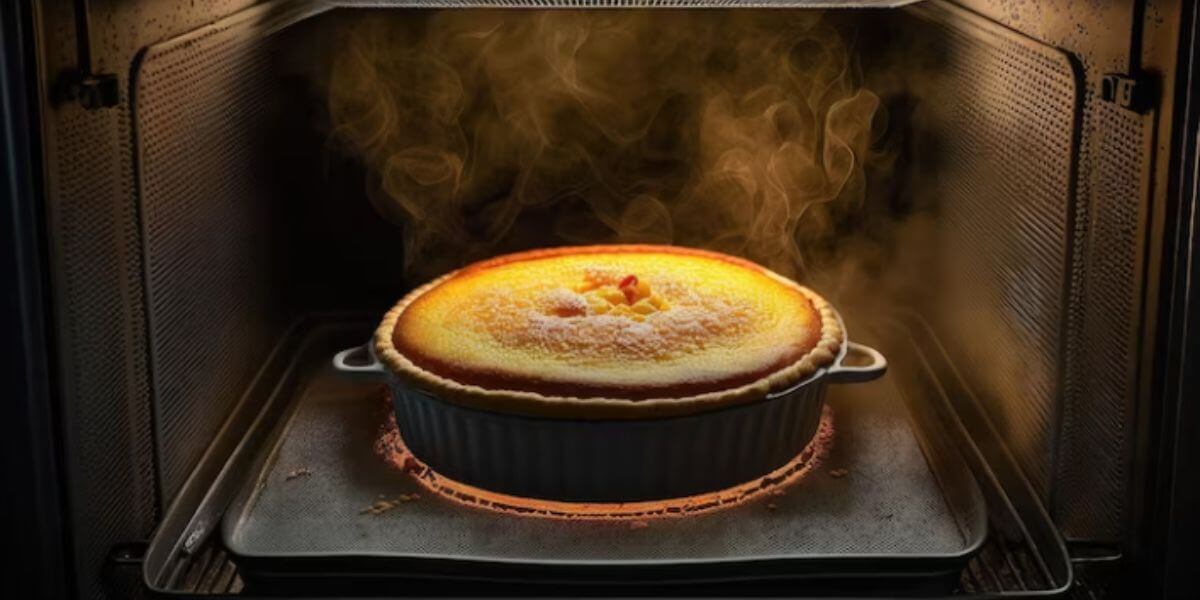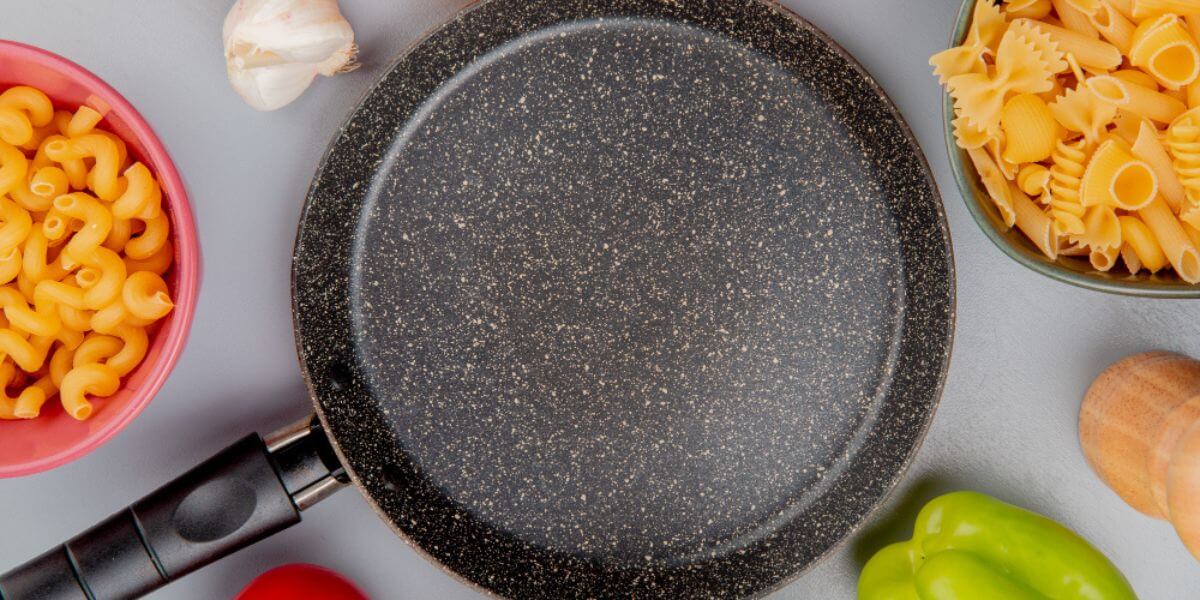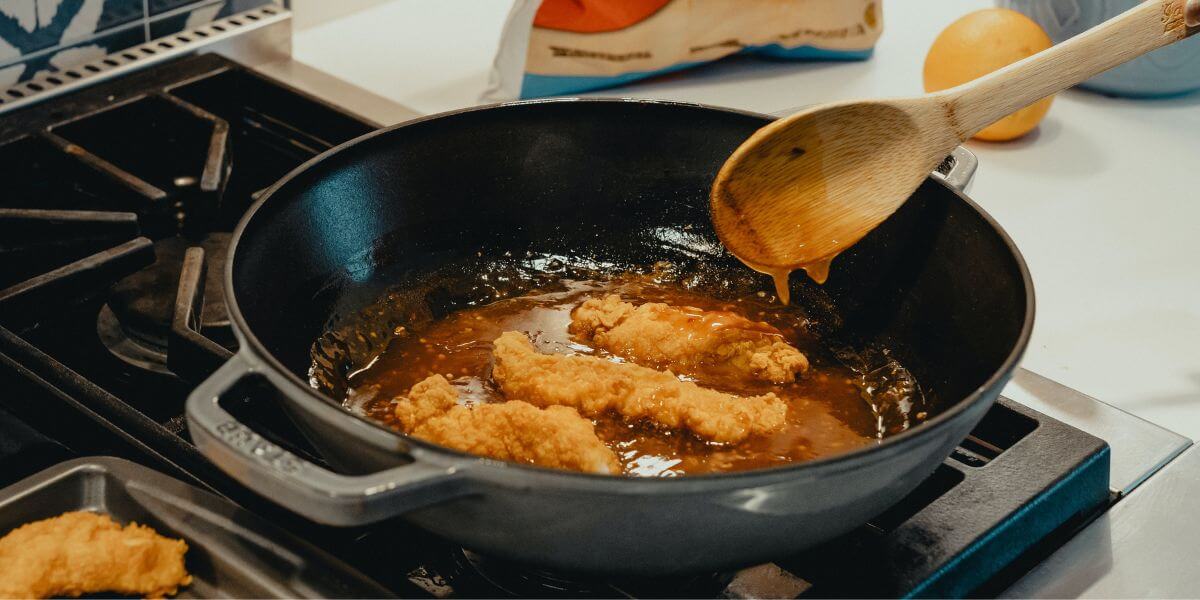What Size Dutch Oven for Bread: Finding The Best Fit


The aroma of freshly baked sweetness enters your kitchen while you bake bread, which is a lovely experience. Whether you’re a seasoned bread maker or just starting your baking journey, choosing the right equipment is crucial for achieving that perfect loaf. A Dutch oven is a versatile and practical option among the essential tools for bread baking. This article will explore the importance of selecting the proper size Dutch oven for baking bread, considering factors such as bread size, expansion, and more.
Introduction
Before diving into the specifics, let’s understand the Dutch oven and its relevance in bread baking. Dutch ovens’ exceptional heat retaining and distribution capabilities have been known for centuries. These versatile cooking vessels come in various sizes and materials, making them suitable for multiple recipes. The Dutch oven’s ability to create the perfect environment for crust development and steam retention is highly beneficial for bread baking.
Understanding Dutch Ovens
History and Purpose
Since they were first employed in the Netherlands in the 17th century, Dutch ovens have a rich and distinguished past. These heavy-duty pots were crafted from cast iron and were a reliable cooking tool. Over time, Dutch ovens gained popularity worldwide due to their durability and versatility. Today, they are available in cast iron, enameled cast iron, and other materials, each offering unique advantages.
Features and Materials
Modern Dutch ovens boast several features that make them ideal for bread baking. Their thick walls and heavy lids help create a sealed environment, trapping steam and ensuring even heat distribution. Cast iron Dutch ovens are renowned for their exceptional heat retention, while enameled versions offer easy cleaning and maintenance. When choosing a Dutch oven for bread baking, it’s essential to consider the size and material that best suits your needs.
Choosing the Right Size
Considering Bread Size
The size of the Dutch oven plays a vital role in achieving the desired results. When considering the right size, you need to factor in the size of the bread you intend to bake. A Dutch oven that is too small may lead to a cramped environment, restricting the bread’s expansion and potentially resulting in a dense loaf. Conversely, a Dutch oven that is too large may cause the dough to spread out too thin, resulting in a flatter loaf.
Bread Expansion
During baking, bread dough undergoes an “oven spring” or expansion. The dough rises and expands due to the carbon dioxide that the yeast in the dough creates. The Dutch oven’s enclosed environment harnesses this expansion, promoting a beautiful rise and a well-developed crust. Choosing the right size allows the dough to grow upward, resulting in a visually appealing and deliciously fluffy loaf.
Recommended Sizes
While there are no strict rules, specific Dutch oven sizes work well for different bread sizes. For a standard loaf size of around 1.5 to 2 pounds, a 4 to 5-quart Dutch oven is generally suitable. This size provides ample space for the dough to rise, ensuring a nicely shaped loaf. A 2- to 3-quart Dutch oven may suffice for smaller loaves or individual rolls. It’s essential to consider the recipe and the specific instructions provided.
Benefits of Using the Right Size
Using the appropriate size Dutch oven offers several benefits when baking bread. Firstly, it promotes optimal bread expansion, producing a well-risen, light-textured loaf. The enclosed environment created by the Dutch oven traps the steam the dough releases, leading to a crisp, golden, and intensely flavorful crust. Additionally, the Dutch oven’s ability to distribute heat evenly ensures that the bread bakes uniformly, preventing hot spots or undercooked sections.
Tips for Baking Bread
To maximize your bread-baking success, here are a few tips to keep in mind:
Conclusion
Selecting the right size Dutch oven is crucial for baking visually appealing, delicious, and well-risen bread. Considering bread size, expansion, and recommended sizes helps ensure successful baking outcomes. The Dutch oven’s unique properties, including excellent heat and steam retention, contribute to a crusty exterior and soft, flavorful interior. So, prepare to embark on a delightful bread-baking journey with the perfect-sized Dutch oven.
Frequently Asked Questions
Can I use a different baking dish if I don’t have a Dutch oven?
While a Dutch oven is highly recommended for bread baking, alternative options like a covered casserole dish or a baking stone with a steam pan recommend achieving similar results.
Can I use a larger Dutch oven for a smaller loaf of bread?
Using a larger Dutch oven may result in a thinner loaf, so choosing an appropriately sized Dutch oven for your dough is best.
Can I use Dutch ovens with a glass lid for bread baking?
Dutch ovens with glass lids may not retain steam as effectively as those with heavy, tight-fitting lids. However, you can still achieve satisfactory results by following proper baking techniques.
Can I use Dutch ovens for other baking recipes?
Absolutely! Dutch ovens are versatile and can be used for baking, including casseroles, roasts, and desserts like cobblers and bread puddings.
How do I clean and maintain my Dutch oven?
Depending on the material, cleaning methods may vary. Cast iron Dutch ovens require special care to prevent rust, while enameled cast iron can be cleaned with mild soap and water. Always refer to the manufacturer’s instructions for specific cleaning guidelines.





